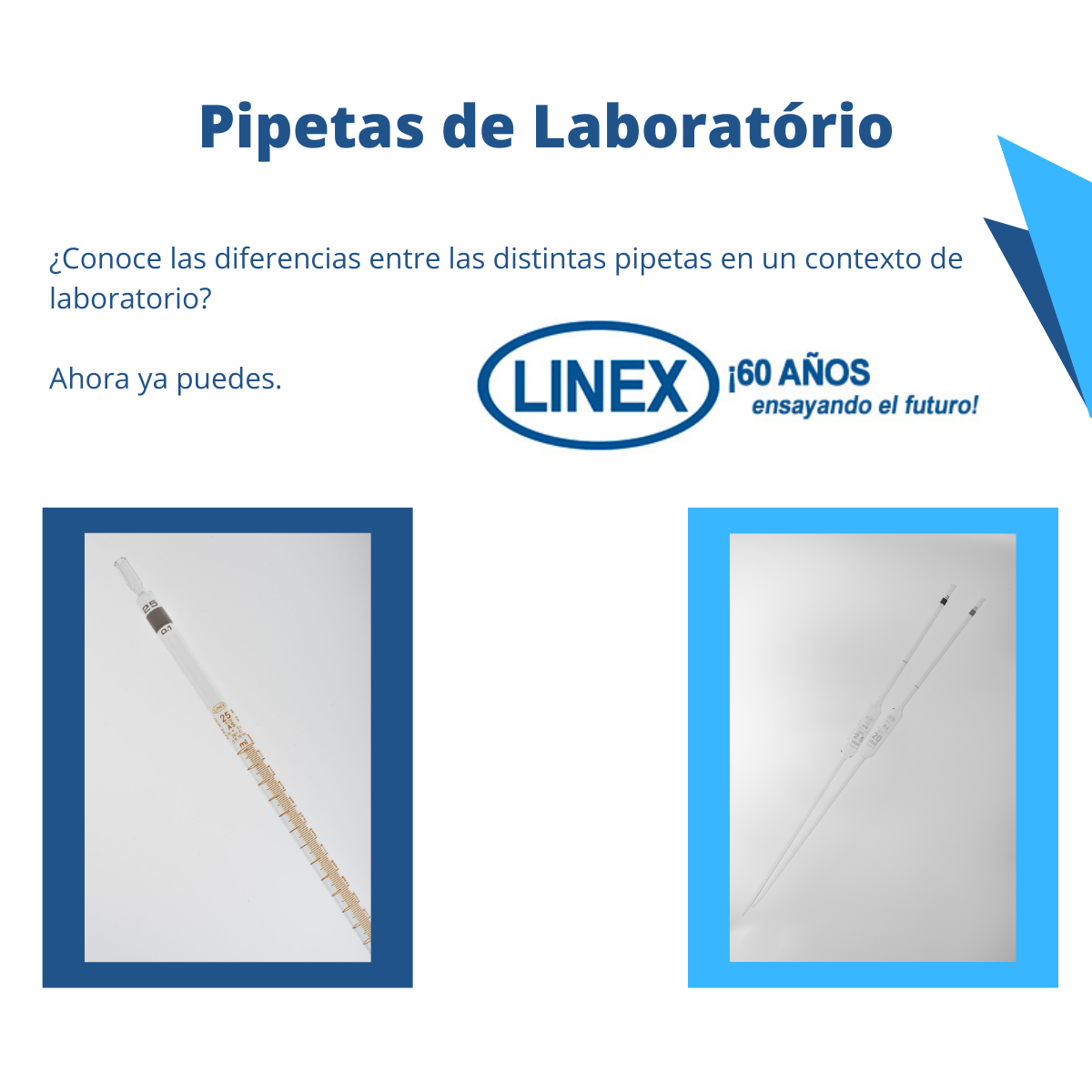Laboratory Pipettes
In the laboratory, there are several types of pipettes, each performing different functions.
Generally speaking, pipettes have the function of transporting liquid substances from one container to another, but there are some differences between them that can affect both the design of the piece itself and its use.
Let’s start with the graduated pipette. A graduated pipette is a glass piece that is identified by having a glass tube with a tip, calibrated or not, with a strangulation in its upper part and, as its main feature, it has a continuous graduation. It can also be a full or partial outflow graduated pipette. The difference between these types is that in the former the pipette tip still has some kind of graduation, while in the latter the graduation ends before the pipette tip. Because a pipette has a graduation, it is not limited to making a specific measurement, it is possible to dose liquids with high precision.
Next we can identify the volumetric pipette. This item consists of a calibrated tip on its underside followed by a tube with a protrusion that is then converted back to a tube part. Unlike the graduated pipette, this pipette only has a fixed volume, i.e. it can only be used to accurately make a fixed, rather than gradual, dispensing. There are two variations: the volumetric pipette with 1 mark or with 2 marks. The difference between them is that with the first, the indicated volume takes into account the liquid volume at the pipette tip, whereas with the second, the marked volume is bounded between the indicated lines, hence the name 2 marks volumetric pipette. It is a high-precision item for transferring a fixed volume of liquid solutions.
The Pasteur Pipette is another item that is quite common in the laboratory environment. It is a glass tube with a thin tip and a choke on the tube at the top. This item is designed to transfer liquid solutions without any kind of precision. It is disposable, i.e. single-use.


